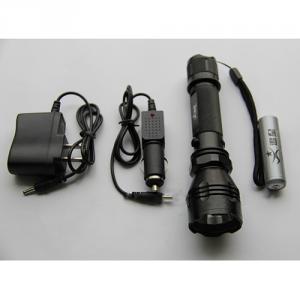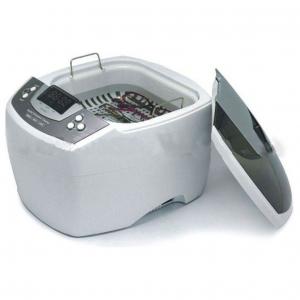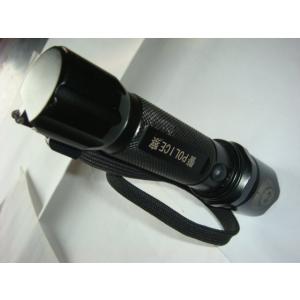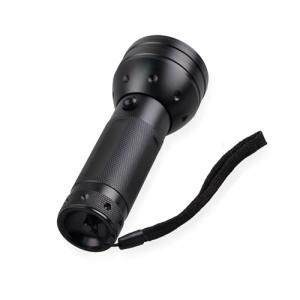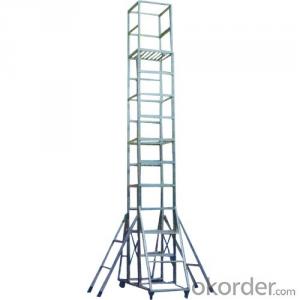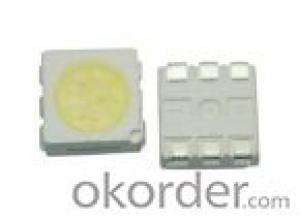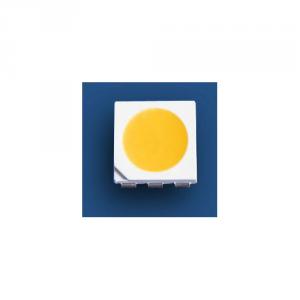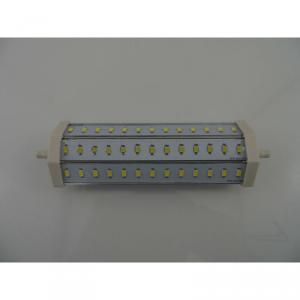Ultralight Beam Kanye Snl
Ultralight Beam Kanye Snl Related Searches
Ultralight Beam Kanye West Snl Kanye West Ultralight Beam Snl Kanye West Snl Ultralight Beam Beam Launcher Lvl Beam Stainless Steel I Beam Simple Beam Beam 2100 Aluma Beam Beam Material L Beam Steel Simple Beam Bridge H Beam Aluminium Aluminum T Beam Aluminium H BeamUltralight Beam Kanye Snl Supplier & Manufacturer from China
Ultralight Beam Kanye Snl is a unique product that combines the latest technology with innovative design, offering customers a high-quality and reliable solution for their needs. This product has been meticulously crafted to ensure optimal performance and durability, making it a popular choice among consumers who demand the best. Whether used for personal or professional purposes, Ultralight Beam Kanye Snl has proven to be a valuable addition to any setup.The application and usage scenarios for Ultralight Beam Kanye Snl are vast, as it caters to a wide range of industries and individuals. From outdoor enthusiasts who require reliable and lightweight equipment for their adventures, to professionals in various fields who need top-notch performance in their work, Ultralight Beam Kanye Snl is designed to meet the demands of its diverse user base. Its versatility and adaptability make it an essential tool for those who require a dependable and efficient product in their daily lives.
Okorder.com is a leading wholesale supplier of Ultralight Beam Kanye Snl, boasting a large inventory to cater to the growing demand for this exceptional product. As a reputable and reliable source, Okorder.com ensures that customers receive the highest quality items at competitive prices. By offering a wide range of Ultralight Beam Kanye Snl products, Okorder.com has become the go-to destination for those seeking top-tier solutions for their needs. With their commitment to customer satisfaction and continuous improvement, Okorder.com remains at the forefront of the industry, providing the best possible options for Ultralight Beam Kanye Snl.
Hot Products





